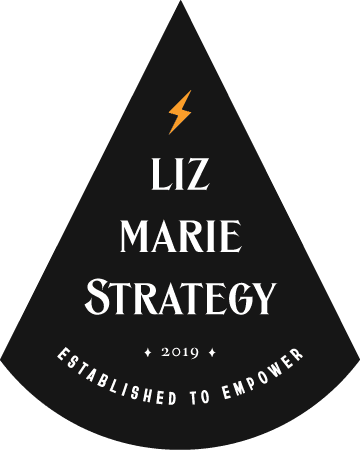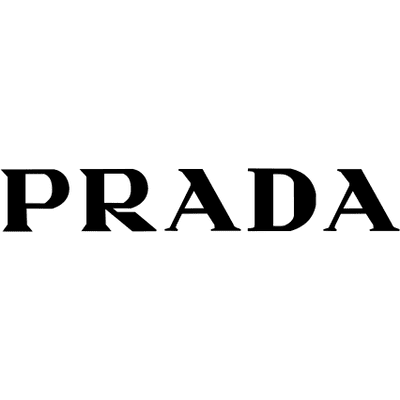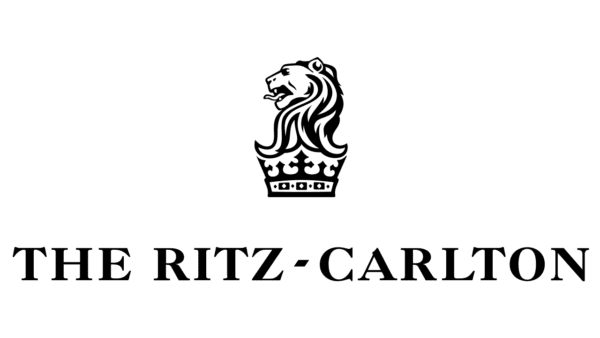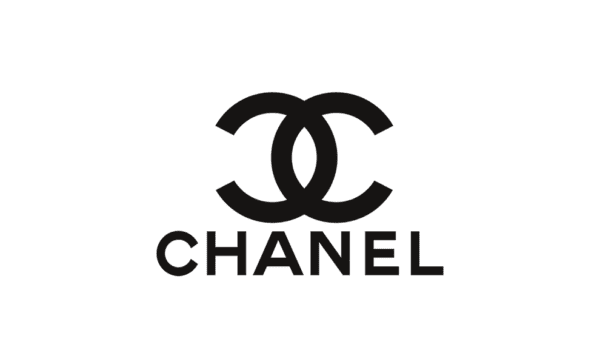In this article, I’ll share how to make your brand look expensive, by dissecting the luxury branding tips & tricks behind the world’s most high-end brands.
Everyone wants to look more “professional.” The fuck does that even mean?
Here’s what they’re really trying to say:
“I want to look expensive. I want to look like people will pay me a lot of money for my product or service.”
We use “professional” all the time to refer to things that look expensive, polished, trustworthy, and credible. Like someone would pay a lot of money for them. Consumers are more willing to shell out our money for things that look good. It’s a fact. And that’s where I come in.

Luxury Branding: How to Look Expensive
I’m going to help you make your brand look more expensive. We’re going to go over:
Jump ahead:
- Why money matters (reminder!)
- How branding empowers you to charge more money for what you do
- The key characteristics of luxury brands
- 3 messaging techniques luxury brands use
- 7 design tricks luxury brands use to make their brand look more high-end
- How to apply this to your own brand to look more expensive
Let’s get into it!
First of all: Money matters
Let’s set the scene with why looking expensive matters in the first place. Let’s be honest, money is great. We all want to earn more money – that’s why we started our own businesses. If you’ve read my other blogs (or seen my videos) then you know that 60% of small businesses aren’t profitable. Any payoff matters! It’s what we get for working so hard. It also helps our businesses grow, scale, impact more lives and create generational wealth for our families.
So, money matters.
Good Branding Empowers You to Charge More Money
Branding is what makes you stand out and enables you to charge a premium. The look, the feel, the sounds of your brand – all of it matters and goes into what people are willing to pay.
What happens when you look more expensive?
You can charge more money! If you look like you cost more money, people will be willing to pay more money.
Let’s break it down:
A solid profit margin for a business is 15-20%. Want to know how much luxury brands mark-up their products? At least 100%. On the higher end, they’re going up thousands and thousands of percentages. That’s insane! Yet, people pay for it every day because the brand looks nice; because of everything they put into this luxury experience.
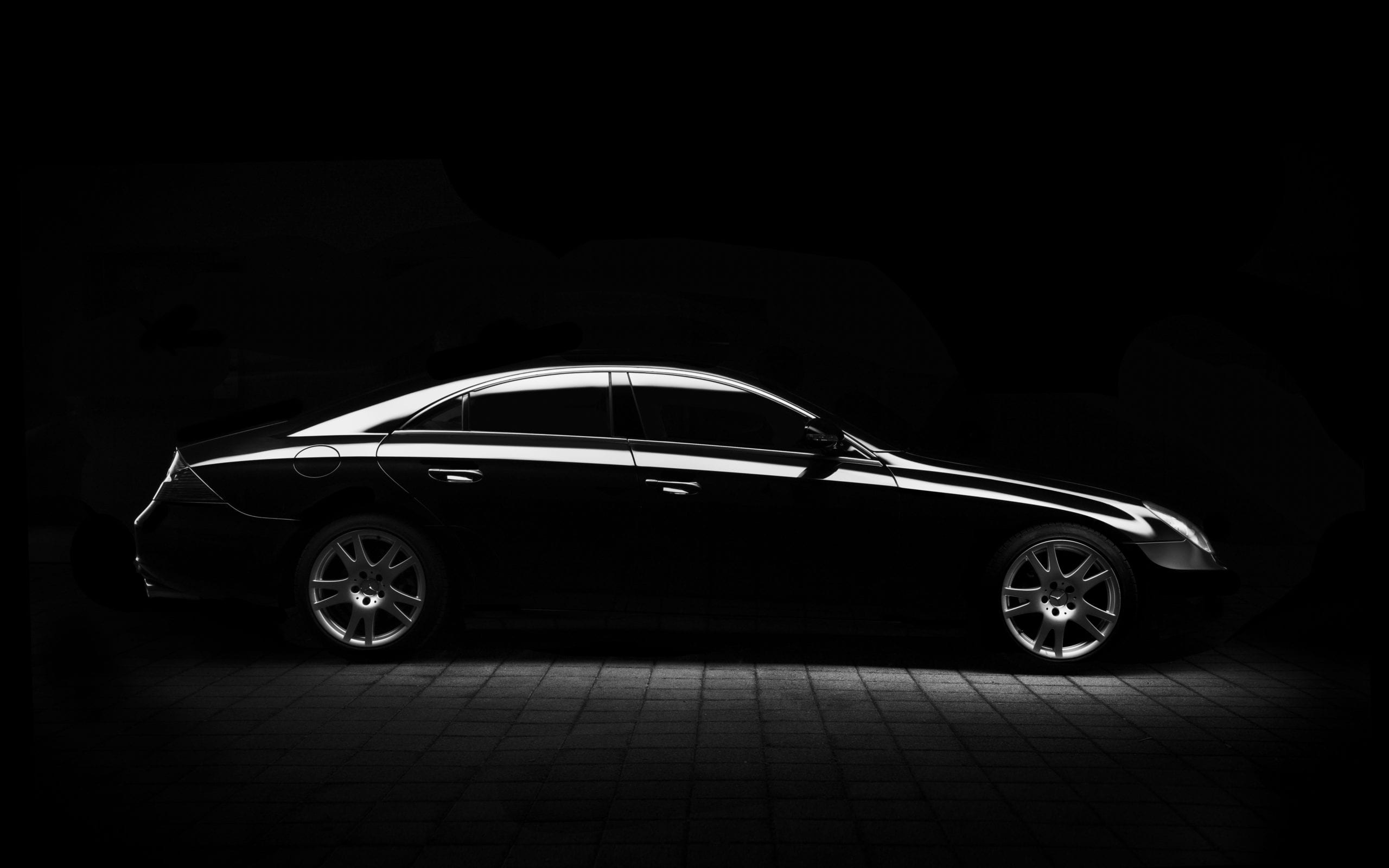
Key Characteristics of Luxury Brands
High Price Point
I know this sounds silly, obviously a high-end brand has a high price point. But, it actually is a differentiator. Sometimes, just having a high price point can make someone compelled to buy something. It sounds a little ridiculous, but if you’re able to back your price, then it’s going to work on the right customer.
Design-Driven
Arguably, the most crucial characteristic is that luxury brands are design-driven. Think fashion, makeup, cars, hotels, watches. All of these things where design matters – the style is the selling point. The design translates not only to the product but to the brand as a whole.
It’s incredibly rare to find a high-end product/brand that does not prioritize design. Those that don’t are an exception to the rule. Design is a differentiator – it’s what makes your product and your brand stand out. And not just any design, an investment in good, high-quality design.
Quality
To say another key quality is quality might seem a little silly, but it’s true. Now, there are many brands with high-quality products, materials, and processes (or expertise or experience if they provide a service). In reality, some of the luxury brands aren’t that much better than average, but they focus on quality. They are known for having quality, and that alone is a characteristic of a high-end or luxury brand. You can charge more for quality because it’s going to last longer, it takes longer to create, and it’s a more refined craftsmanship-driven process. However you want to justify it, you can charge more for better quality.
Exclusivity
Now, I don’t believe that all premium brands have to have this, but it is a common characteristic. It’s a status symbol, only attainable for a select group of people. Now, you’re probably thinking of the super-wealthy, the 1%, but this can translate to all kinds of people.
Think of something like a backstage pass at a concert that’s accessible to a broader range of people. There’s exclusivity there; not everyone gets one and gets to experience it. Or even the limited release of a product – only a few people get to have this special item.
Badge Value
Badge value is that status symbol: it’s something you want to rep. When you see people wearing Gucci flip-flops or rocking their Louis Vuitton bags – they’re proud, want to show it off, and essentially want to be a brand ambassador of what that badge value says about them. Luxury and high-end brands make people feel good about themself. These brands have become a symbol of success, power, culture, and that is something that you only attain after years and years, but it is a product of the brand you have built.
Niche Audience
Luxury brands are not for everyone (but not in the way you think!). I don’t just mean that they’re exclusive or expensive; rather, they’re not trying to appeal to everyone. They don’t market to consumers who can’t afford their products. They know very clearly and specifically who their audience is, and that’s who they go after.
Lamborghini is famous for saying they don’t do commercials because their audience isn’t sitting around watching tv (or something to that nature – you get the point). Not only is it clever and pithy, but it’s also true. They know where their audience is, and they’re not worried about those other people who can’t afford to buy their products.
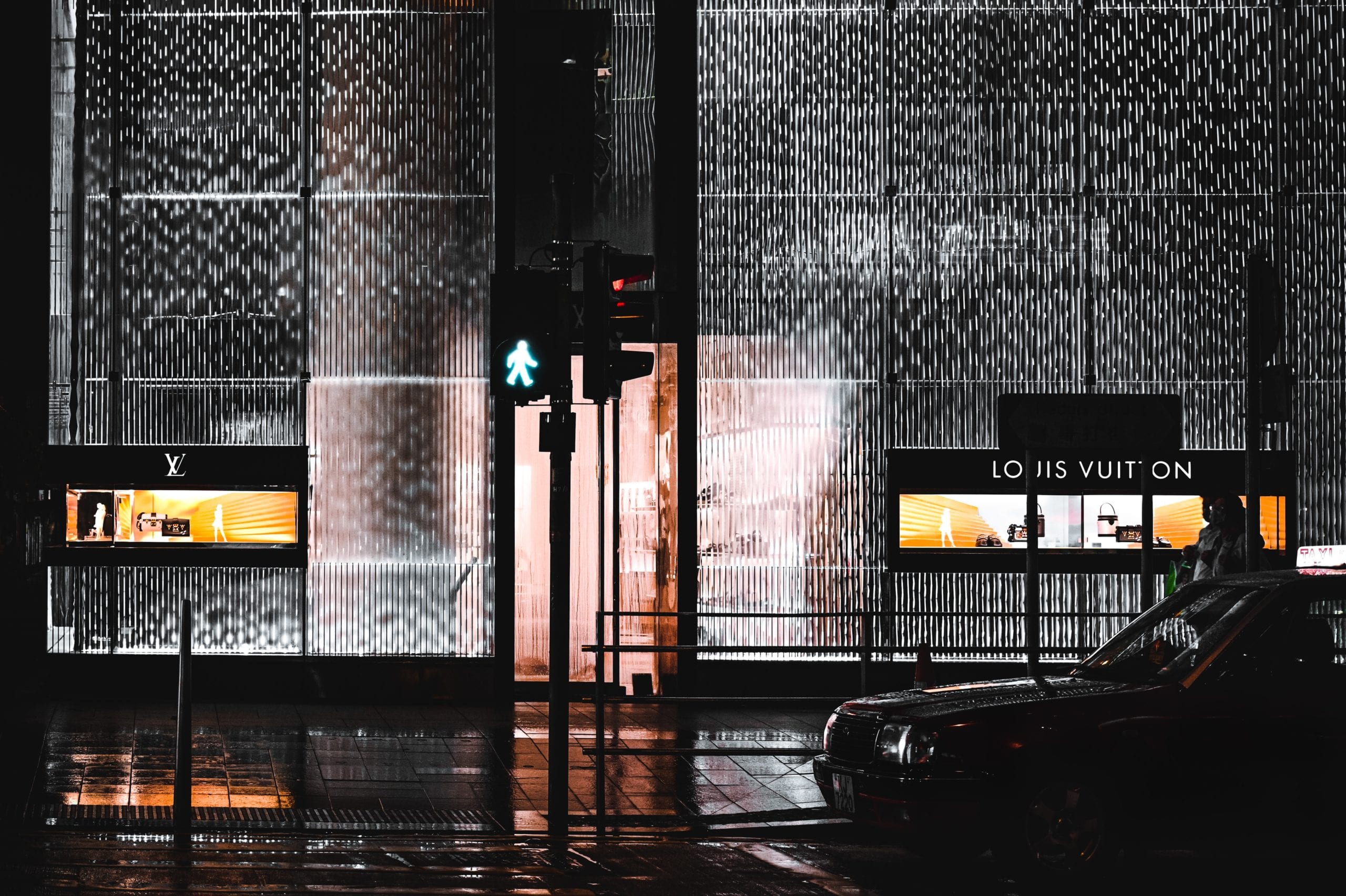
3 Luxury Brand Messaging Techniques
Let’s get into some of the specific components of luxury branding. By branding, I mean both the visual side of their brand and the personality, messaging – the strategic side of their brand.
When it comes to messaging, there are three key things that luxury brands consistently do:
1. Luxury brands project confidence
Whether a brand is more lighthearted or formal (with most luxury brands being the latter), they always show up with confidence. They know they’re worth the money, and all of their messaging, storytelling, ads – the voice of everything they do – is dripping with confidence. For example, check out this luxury beauty branding case study.
2. Luxury brands portray an aspirational lifestyle
These brands are experts at feeding into their target audience’s dreams and ambitions and uphold those ideas. They create this world where you’re important, stylish, rich, luxurious, and you can do all of these incredible things. The brands portray this lifestyle.
This isn’t only something that Rolex can do. Even if you aren’t luxury or don’t sell a product, you can use branding that plays on your customers’ lifestyle and aspirations. You can sell them the transformation you provide. You can sell them the feeling that they will have when they use your product or service.
3. Luxury brands make you feel cool, special or important
Luxury brands are masterful at feeding into our desires, our ego, our deep-seated needs, and making us feel validated because we have some designer goods. I’m gonna be honest, this mindset is silly to me, but it truly is a real thing. These brands play on psychology, and it’s something you can do in your brand no matter what you sell. You can focus on how you can fulfill your audience’s needs and desires and make them feel whatever the gap is that you’re filling. Whether they’re looking to feel powerful or cool, comforted or special, whatever it is, you can use that same technique of feeding into their emotions and fulfilling deep desires.
7 Luxury Branding Design Tricks
Now, let’s get into the visual side of luxury branding.
As I’ve mentioned, high-end brands are masters of design. And of course, that probably means they have incredibly talented designers working for them. When it comes to design, you get what you pay for, and these brands are spending the big bucks. While not everyone can afford great designers, let’s talk through some of the specific characteristics these brands use.
1. Luxury brands are sleek + minimal
In general, luxury brands, high-end brands, these brands that look expensive, are very minimal. Minimal, meaning they don’t have a lot of stuff going on. They keep things simple in terms of layout, color palette, and photography. They generally have very few focal points in their design and focus on drawing your eye to the product. The product is the star of the show.
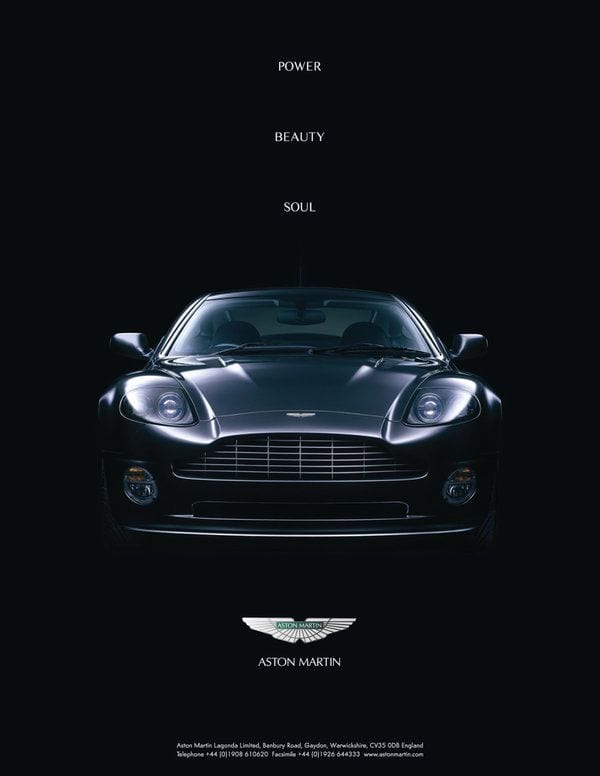
2. Luxury brands use lots of white space
One way you can instantly add a little bit more of that simplicity and sophistication to your design is by adding more white space. White space is literally just the blank space between elements in your design. Really sophisticated, elegant design maximizes that white space.
So instead of filling up every bit of space on an ad or IG post with text, you include just a few lines and let them breathe! You need to learn how to do it skillfully, but even if you were just to double the spacing between different elements on your page, you would likely step the elegance factor up quite a bit.
3. Luxury brands use great typography
You’ve probably heard me say that typography is one of the biggest things that most people get wrong about design that makes the biggest difference in your branding’s actual look.
For the most part, high-end brands use two types of typefaces. The first is a high-contrast serif font based on a font called Didot. There’s a lot of variations of it, and you see it everywhere. Think of Vogue, Prada, the Ritz-Carlton, etc.; all of them use it in their logo or their masthead. It is the quintessential fashion, high-end, expensive-looking typeface.
But there’s a lot, especially in the past few years, that use a very simple or minimal sans serif font. Examples of this are brands like Chanel, Celine, Saint Laurent – they’ve switched to this, going much more minimal, almost like they’re “undesigned.”
If you Google luxury brand logos, those are the two font styles you’re going to see. It’s pretty formulaic.
4. Luxury brands use black and white (and maybe a pop of color)
One of the easiest quick little tricks to make something look high-end is to use black and white. This is a designer trick of the trade I’ve learned over the years, but most expensive brands use neutral colors, mainly black and white. It adds sleekness and polish. I’m not saying you can’t look high-end and use colors in your brand, but it’s a good little hack if that’s what you’re going for.
Different brands also like to layer in an accent color–usually sticking to a metallic or one super unique, rich accent color. For example, in the jewelry or automotive industry, it’s common for them to use silver or gold. Tiffany is known for its “Tiffany Blue” boxes and Hermes uses a classic orange.
It’s just one – and only one – attention-grabbing, unique, and distinctive accent color that’s complemented by black and white or neutrals. And that’s it. You don’t see all types of crazy colors everywhere, and they’re using them super succinctly and consistently. Simplicity is key.
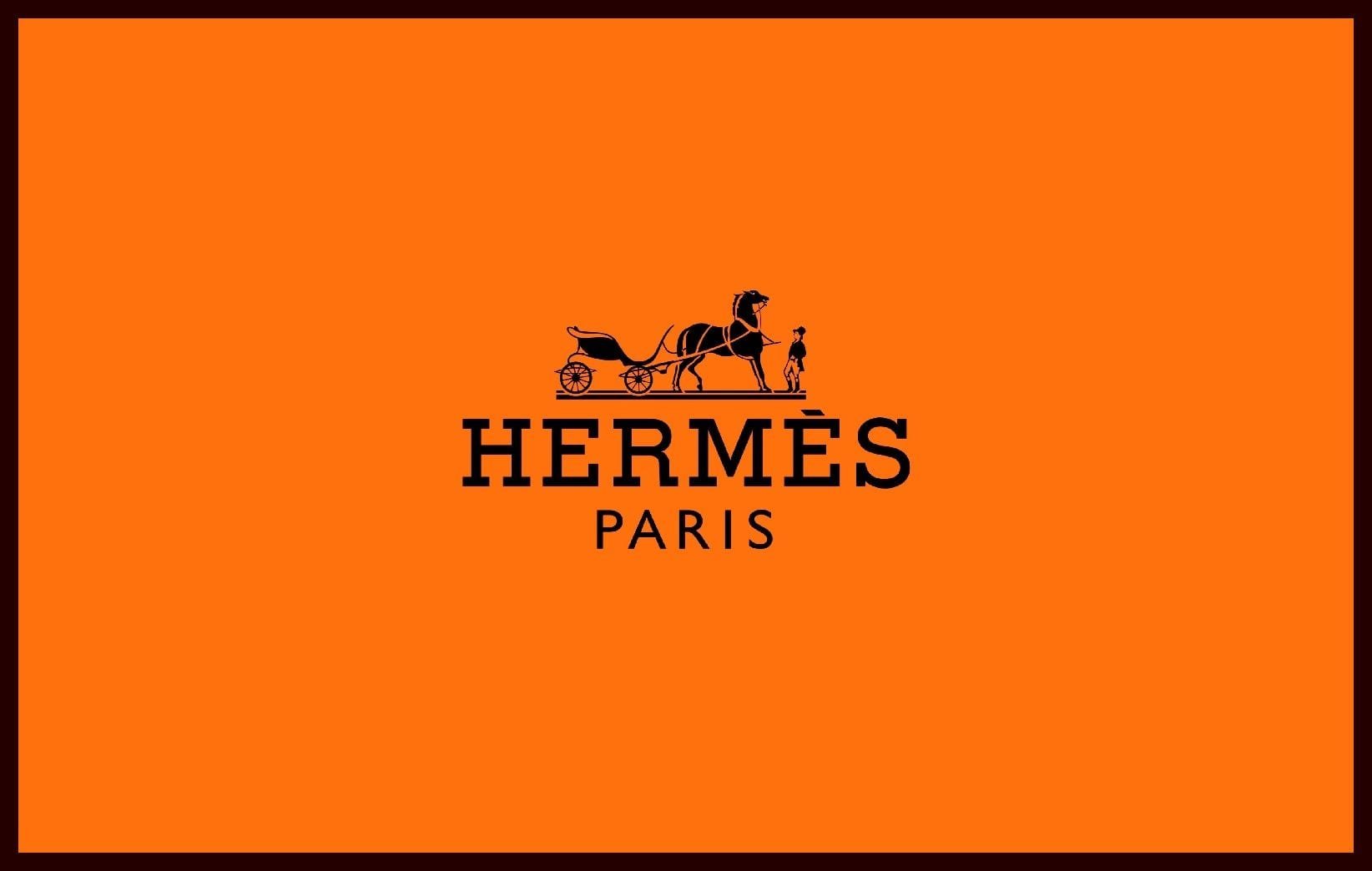
5. Luxury brands have simple logos (meet the “wordmark”)
For luxury brands, typically, the logo is what we call a wordmark. Wordmarks are simply the brand name set in the right typography.
Some high-end brands will have a wordmark plus a monogram. Think Chanel and their “C’s.” The monogram will either be locked up with their wordmark or used separately, and that’s about it. Every once in a while, and especially with more historical brands, you’ll see a coat of arms or other icons that’s part of their logo. Generally, though, they keep it super simple and let their name do the talking.
6. Luxury brands use simple repeating patterns (usually made of monograms)
Brands that use a monogram logo often incorporate that monogram into a distinctive pattern. Think luxury handbags: Louis Vuitton, Fendi, Gucci. They all have a repeating, monogram pattern that they use on their products and branding, and it’s become iconic for them. And that’s pretty much it. They don’t use a lot of other graphics or symbols.
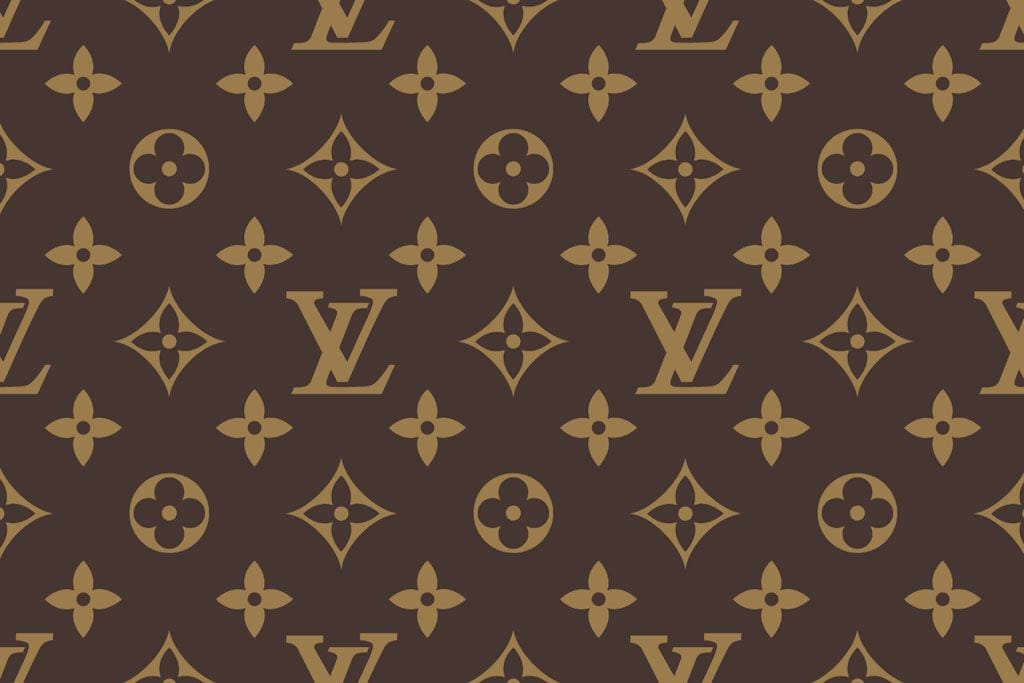
7. Luxury brands use high-end photography
When building your brand identity, you have to think about visuals–beyond just the logo or pattern. Do we want to use photography, illustrations, graphics, or a combination? While every brand is different, luxury brands usually stick to photography and stay away from illustrations and graphics. And generally, it’s really, really good photography.
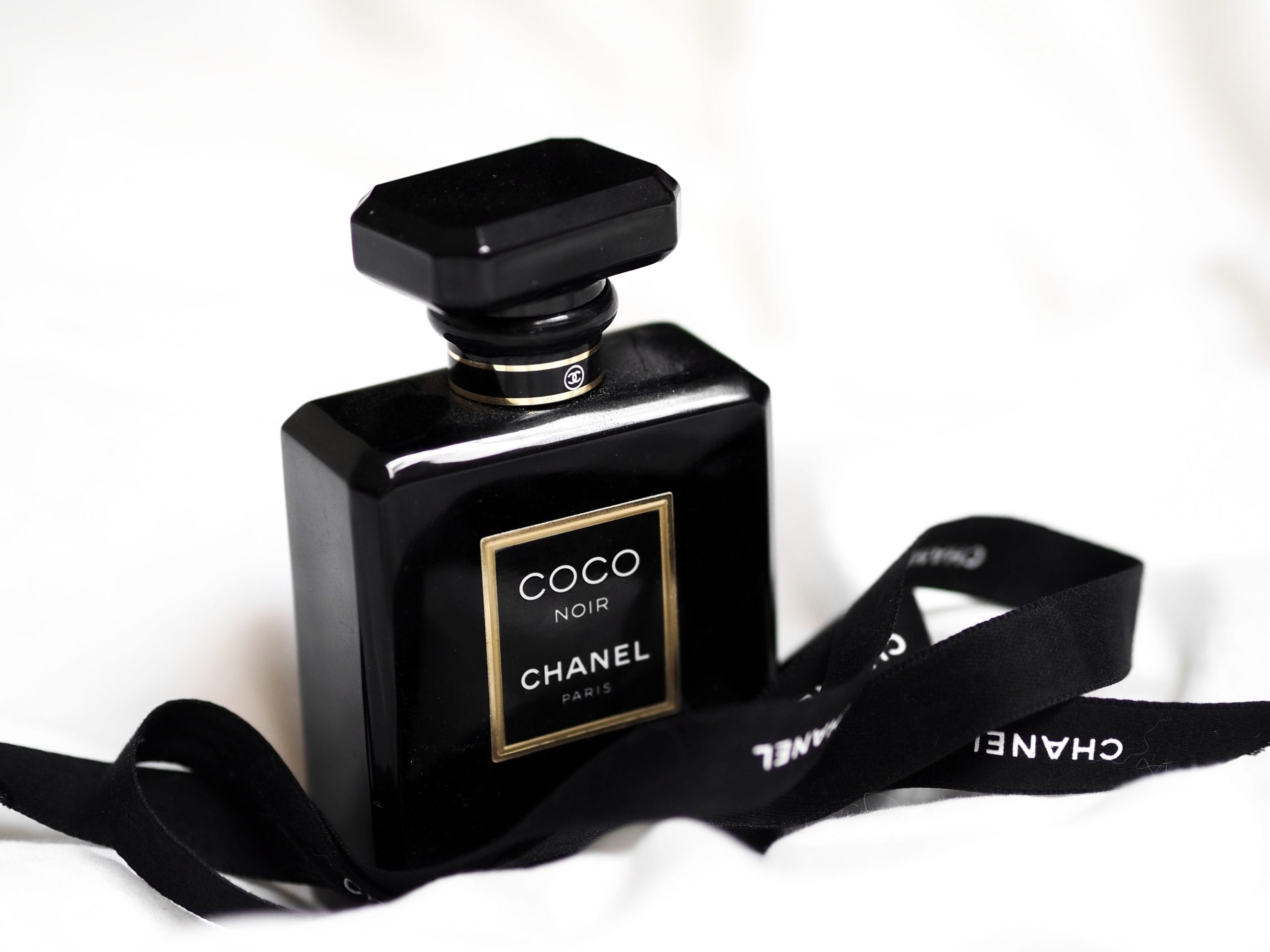
How to make your OWN brand look expensive
I’m not telling you to throw your branding away and adopt a black and white, serif, super luxurious brand identity that’s not true to you. Not at all.
I want you to learn that the look and feel of your brand matters when it comes to selling, what you charge, and what people are willing to pay.
Looking expensive goes a long way when it comes to selling products when making a profit. Your branding and design are essential to charging – and therefore making – more money. You will look like you are more valuable, making people more willing to pay that higher price.
Hopefully, you’ve learned a few little tricks here that you can apply to your branding. Whether that’s being more confident, selling the experience or lifestyle, adding more white space, switching up your colors, simplifying your palette, changing your typography, being more minimal in your design, or any of these characteristics of a high-end brand. I hope you’re able to apply them to make your very own, high-end, expensive-ass-looking brand.
Download the Luxury Branding Checklist
Trying to maximize the luxury in your own branding? Download my checklist to see which tactics you’re already using, and find new ideas to implement.
